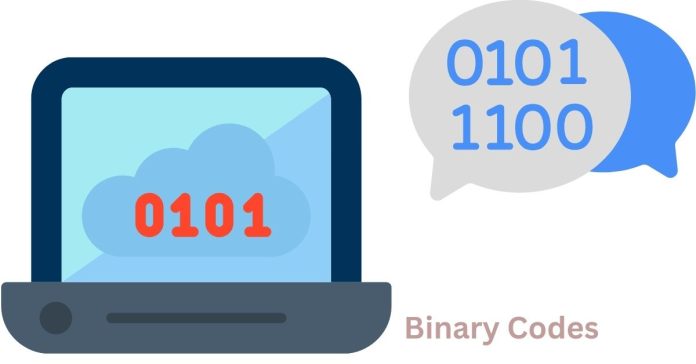A binary decoder in digital logic is a combinational circuit that converts a binary input (usually represented by multiple bits) into a corresponding unique output, typically in the form of a one-hot encoded signal. In simpler terms, it takes a binary number and activates one specific output line based on the input value.
Key Features:
Input and Output: The number of output lines is typically 2^n, where n is the number of input bits. For example, a 3-to-8 decoder has 3 input bits and 8 output lines.
Functionality: The decoder outputs a high signal (1) on exactly one of the output lines, depending on the binary value of the input, while the remaining outputs are low (0).
Applications: Binary decoders are used in applications like memory address decoding, multiplexing, demultiplexing, and controlling circuits where specific outputs are required for different input conditions.
For example, a 2-to-4 binary decoder would have 2 input bits, which can represent four values (00, 01, 10, 11). Each of these values will activate one of the four output lines.


